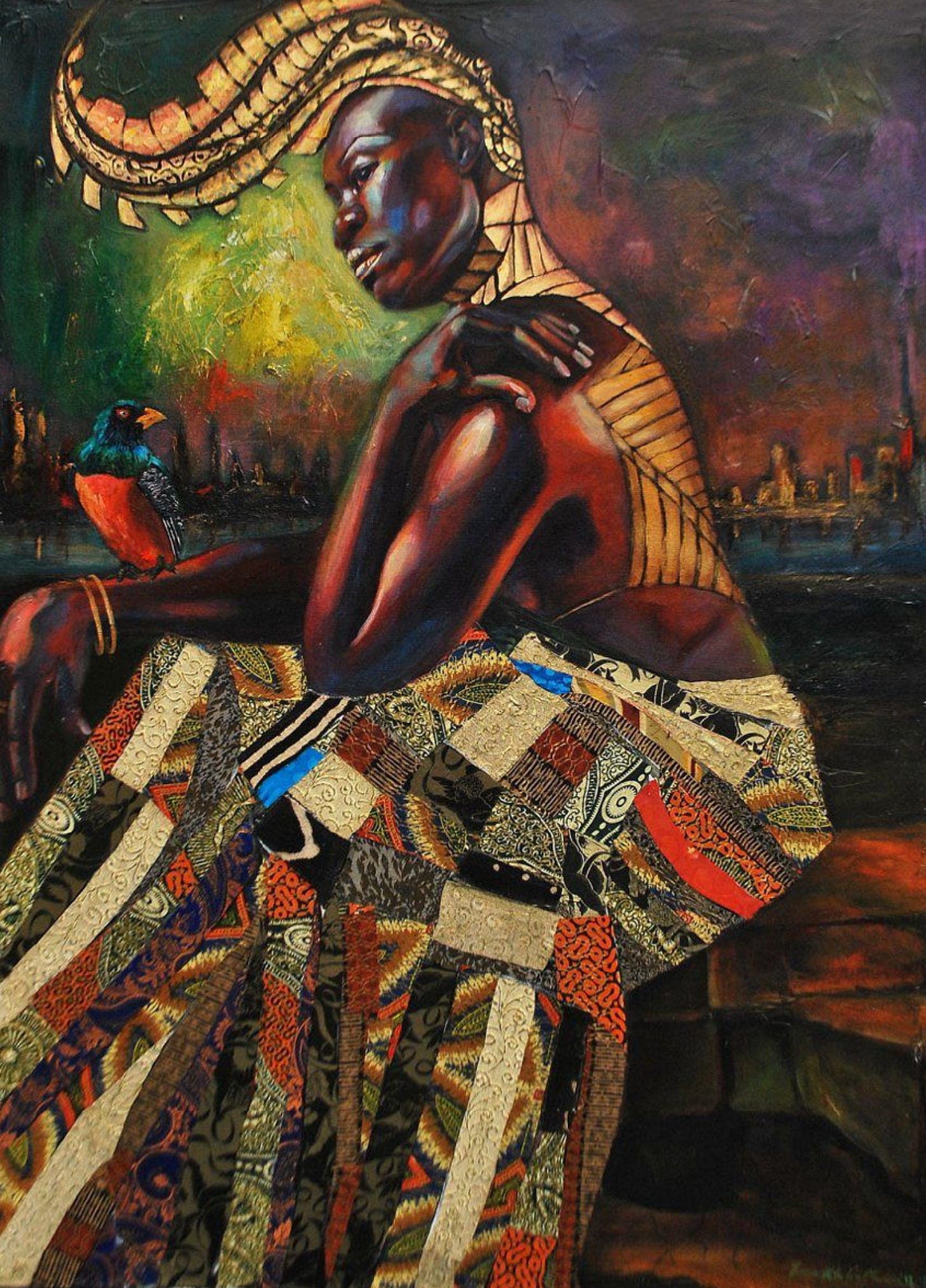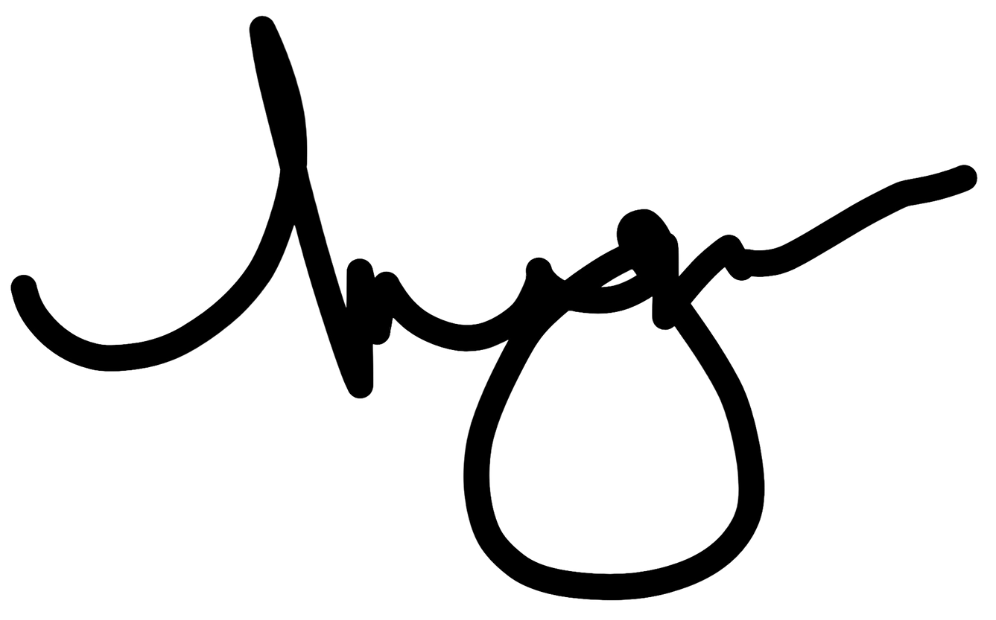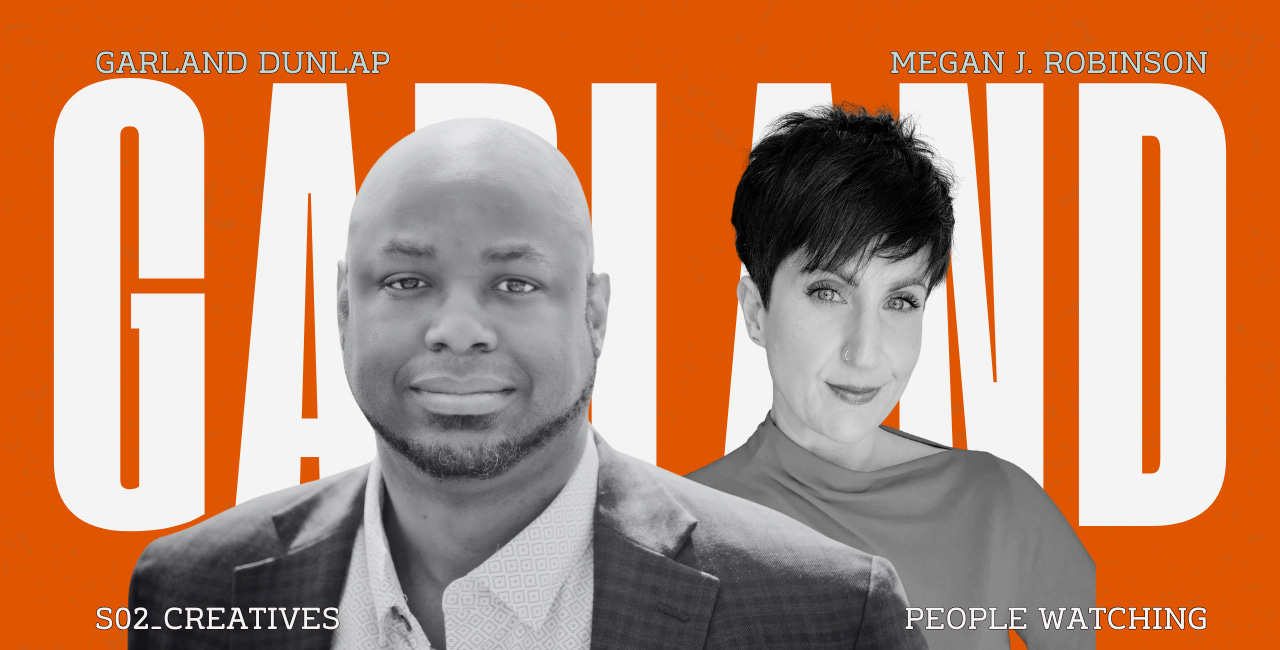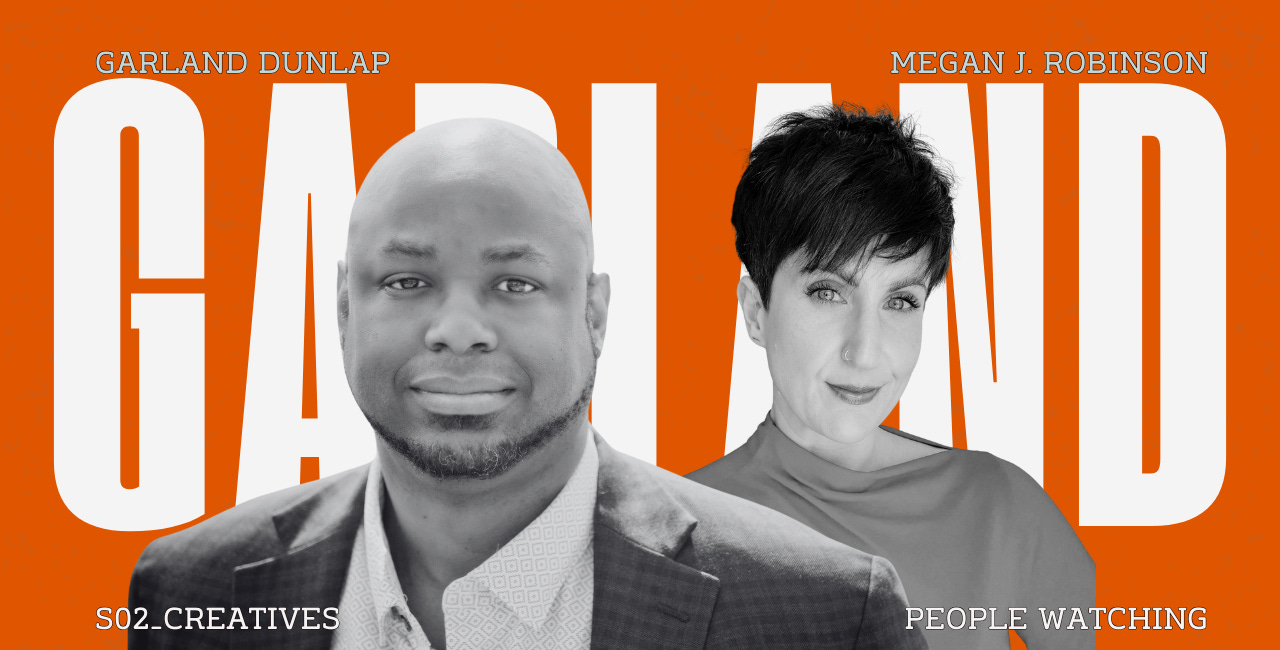Beauty In the Ashes
Flex It Friday \\ 03
Welcome to Flex It Fridays.
Here you’ll find a space for the beautiful, the strange, the delightful and weird. Fridays mean rest, party, or escape from the routine, but especially for attending to those things we might otherwise miss. Enjoy!
Today’s Flex is a love letter to the women of scripture, and the women who help us meet them.
One of the things I regret most about my theological education is my lack of curiosity about the women in the Hebrew and Christian testaments. Both formal and informal structures reinforced this, and it’s only over the last year or so that I’ve begun to explore the biblical narratives and see the women alongside the men.
One thing that helps me is seeing how other women highlight and engage the biblical texts, especially those who work in other traditions. Even if I end up not fully agreeing, I love having my perspective widened and challenged.
I recently encountered the Visual Commentary on Scripture, hosted by King’s College London. VCS offers a way to “(re)discover the Bible in new ways through the illuminating interaction of artworks, scriptural texts, and commissioned commentaries.” There’s an endless treasure trove of classic and contemporary artwork related to the Hebrew and Christian scriptures, along with short reflections that open up both image and text in new ways.
This one made me gasp out loud.
Tamara Madden’ Keeper of the Golden City, along with Wil Gafney’s commentary, helps us enter the story of Rizpah, told in 2 Samuel 21. It’s a harrowing story, full of cruelty and grief. It’s the story of a mother who refuses to let go of her children, even in death—especially in unjust death. Madden’s Keeper evokes the tired pride of a woman worn out from sorrow, injustice, and keeping vigil. Her regal clothing, golden headdress, and vibrant presence stand out against the somber backdrop. Gafney’s commentary reminds us of Rizpah’s bravery in watching over her sons’ bodies, guarding them agains carrion eaters, wild animals, and torrential rain.
In my recent conversations with Garland Dunlap,1 we spoke about Afrofuturism, which Garland describes as “a redemption of the past, shalom for the present, and hope for the future.” It’s a way of looking forward and backward, recognizing the traumas of the past while also moving toward a flourishing future.
But that looking requires that we honestly sit with our lament and acknowledge the grief. Only in that honesty can we imagine, and build, different, better futures.
Let’s be hopeful, creative, and wise—together.
Shalom,
What else?
Looking for more resources to help with your personal formation journey? Get your free guide!
Are you a non-fiction writer seeking help with a project? I offer structural editing on your manuscript’s structure, theme or purpose, point of view, perspective, and tone.
You can learn more about this newsletter and my work on the About page.
Have a question? Ask me anything.







